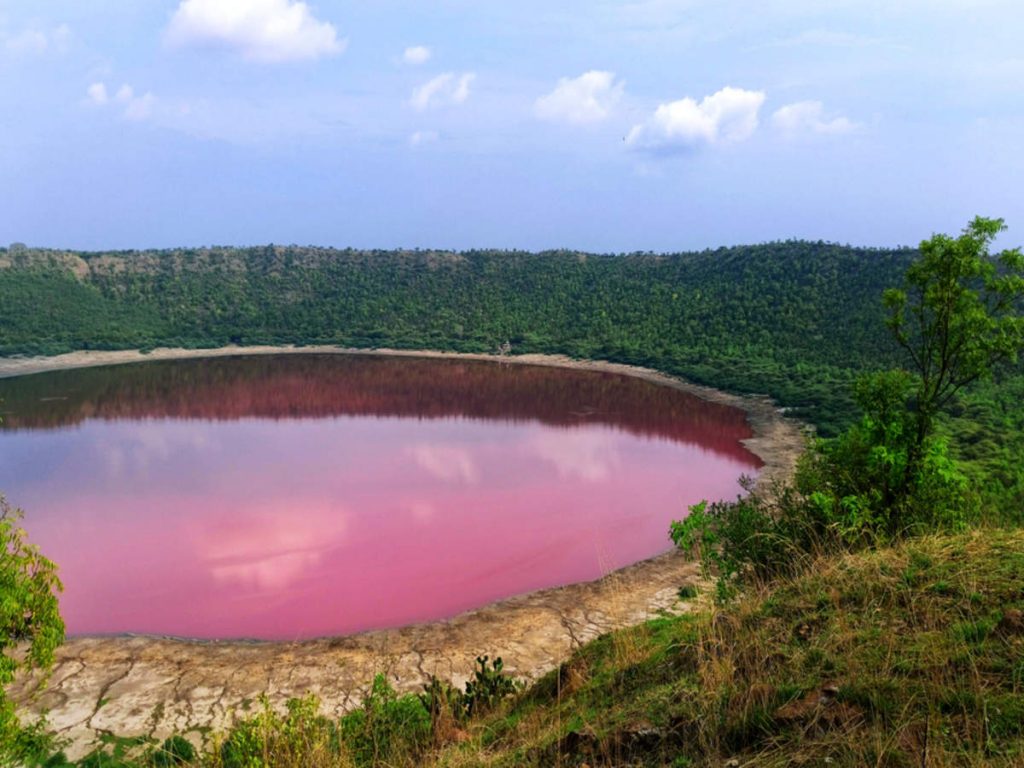
Why people love travelling?
The reasons why people love to travel are wide-ranging, and they are very personal. At present, globally people are depressed because of the pandemic; people feel stuck in a rut in their daily routine, therefore, they are all the more yearning for something exciting and different. Tourism sector was padlocked for last two years. People are craving to travel; they are craving for new experience and certain excitement.
Each traveller is different
Some travel for increasing their knowledge about a place, some for love of history, some for learning and experiencing something unfamiliar, a new language, some for tasting different regional cuisines, some for archaeology, some for heritage structures, some for spirituality, and architecture and some for peaceful meditation. Traveling is an opportunity to mature. Travellers discover how resourceful they are when they get exposed to new places, people and experiences.
Travelling to different parts of world is like a condensed crash course. Seeing the world is more educational than acquiring a degree. You actually witness how the rest of the world lives which no academic subject can cover. Every destination has something unique to teach visitors. The more unique a destination is, the more it engages the tourists. Travelling increases wisdom, it helps in expanding individual’s perspective; it helps open your mind like an umbrella. We realize that there is no one way to live life. Meeting people from other places show us that world is so diversified in many ways. The biggest fact of our life is that while travelling we connect more with our own self.
Getting away from home gives us the opportunity to reflect on our life. We all need time and space to let our mind wander and take stock. Traveling is one of the best ways to learn more about our inner self. Each travel brings a new set of issues and opportunities. When visiting a particular place we get immersed in several features of the chosen destination: culture, architecture, gastronomy, infrastructure, landscape, events, some interesting people, shopping, etc. These features attract travellers to the destination and contribute to the overall experience of the trip.
I present hereby example of Goa which is one of the most favourite destinations among Indian tourists due to its pristine beaches dotted with hundreds of impressive rivers and bays. Goa’s incredible coastline of more than 100 km offers beautiful views and serenity where tourists enjoy and relax in the Sun. Every beach has its specialty, beauty, and serenity where tourists enjoy their best. Goans are warm and friendly people.
Similarly, Rajasthan is known for its historical hill forts and palaces art and culture; it is famous as the most visited tourist destinations in India. Umaid Bhawan Palace is the largest Royal Palace in Rajasthan. It is also one of the largest private residences in the world.
A tourist destination can be large, for example a city. It can also be small, for example a small coastal resort or village. Each tourist destination is a mix of tangible and intangible assets. Tangible assets are physical facilities and intangible assets are the local culture, the reputation of the destination etc. Uniqueness of destination is the elements and conditions that are not available nearby. A memorable trip combines everything including the activities undertaken, the roads, comforts available at the destination etc.
A destination’s competitiveness refers to the ability of the destination which I am referring here as a tourism brand to successfully carve a niche for itself. For example in the state of Maharashtra in Buldhana District there is place called Lonar which has one of the most unique – world’s third-largest crater lake formed by a meteorite hit in less than a million years ago. The lake, which was formed due to the meteorite strike nearly 56,000 years ago, has attracted scientists and tourists from across the world. Since past two years the lake has turned pink due to a large presence of the salt-loving ‘Haloarchaea’ microbes. The bacteria culture produces pink pigment and is found in water saturated with salt. Due to the pink water in Lonar Lake, thousands of nature enthusiasts and scientists throng to the site.
Lonar Lake is most unique spot, in fact it is a niche tourism brand, but sadly it lacks proper infrastructure. However, the tourists who visit the Lonar Lake feel lack of necessary facilities/amenities such as toilets, lack of water, sanitation, good hygienic restaurants, lodging and boarding, cleanliness etc. The roads leading to the spot also need repairs. Development of this spot as tourism centre by the Maharashtra Tourism Development Authorities will be of great help for this region in all respects such as economic development, infrastructure etc. Recently the Nagpur bench of the Bombay High Court has emphasised the need to appreciate its biology, geology and aesthetic value.
Tourists’ expectations when visiting a particular place are related to several features of the chosen destination: infrastructure, cleanliness, culture, architecture, gastronomy, landscape, events, shopping, etc. These features attract people to the destination and contribute to the overall experience of the trip. As a whole, they are crucial aspects in developing the destinations and have a deep influence on attracting tourists.
Conclusion
A demanding job, a mishap, recovery from an illness, travel can be a great relief from the stress and unhappiness of any sort. Good weather, nice scenery, the freedom to do what you want such as get up late, sleep whenever you want, relax, in short pamper yourself completely. Traveling acts just like preventive medicine for your body, mind, and soul. It is a perfect de-stressing activity which releases tension and acts as a therapy to boost your immunity and provide you the rejuvenating experience. A holiday increases creativity and restoration of health and mental framework of an individual.












































